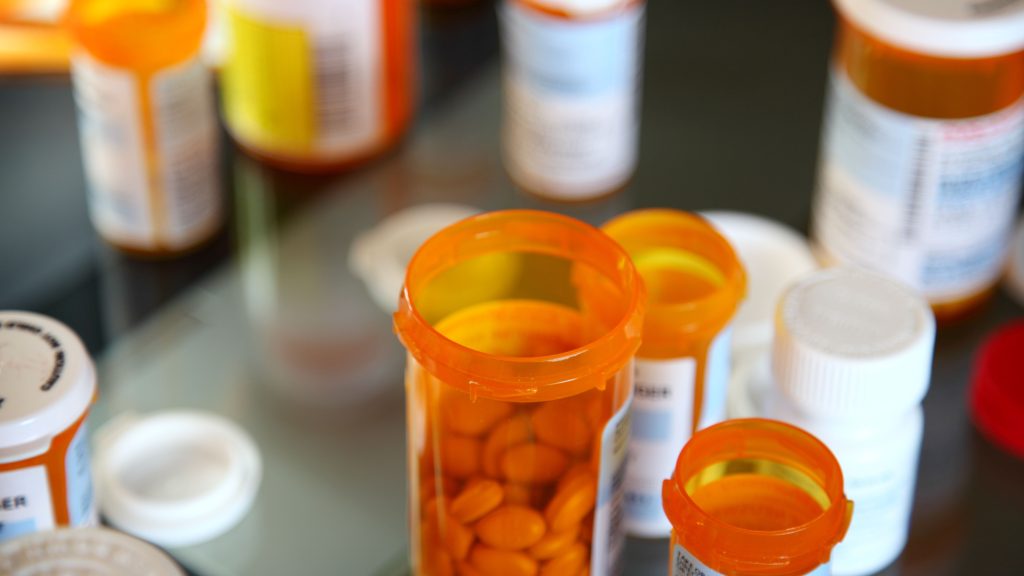With the world completely mired in the pandemic, it’s digital technologies whose moment of glory has come. This is especially true for the healthcare industry. Traditional live patient-doctor communication has been disrupted, and the restrictions imposed have had a significant impact on pharmaceutical companies’ operation. Willing or unwilling, healthcare providers have to become more resilient and adjustable through digitizing their services.
The findings from the survey conducted by the College of Healthcare Information Management Executives (CHIME) and published in the 2021 Digital Health Most Wired Trends Report, show that patients are still very active in using digital solutions. More specifically:
- Telehealth services have regained their formerly high utilization rate compared to a mild recession of 2020.
- EHR (Electronic Health Records) have proven to be very effective and popular during the pandemic, gaining 8% growth in 2021.
- A significant increase has been shown among patients using mobile apps and patient portals.
Another survey released by Deloitte has revealed that generally patients eagerly incorporate technology in their daily lives. In fact, 42% of Americans use mobile apps to monitor health indicators and share them with their doctors. No wonder mHealth app development companies are busy with the solutions we will see tomorrow.
One of the solutions called to monitor proper medication ingestion is medication tracking software. The overriding goal of medication tracking is to eliminate medication non-adherence and to avoid the adverse consequences associated with it. In his article Fred Kleinsinger, MD, discusses the dangers of not taking . Annually, it causes 125,000 preventable deaths and is an underrated problem among patients with chronic diseases.
The advantages of medication tracking software seem undeniable. However, it comes with its pitfalls on the road.
#1 Ethical dilemmas
These challenges encompass a range of issues:
– patients’ ability to grasp the concept of autonomy
– codependent decision-making
– privacy and data security
– dependence on the device
– misidentification of medication tracking’s adherence goals with therapeutic effect.
#2 False patient expectations
Patients may have a misconception of a healthcare provider’s role when it comes to monitoring their medication intake. They become too dependent on the amount of care they expect to get during medication management monitoring discounting proper medical appointments.
#3 Using data against the patient
Another potential risk stems from the fact that the data obtained on a patient may be used to decide upon their worthiness when it comes to healthcare services, products or services. Moreover,
Nonetheless, the overall market state for medication tracking software is looking up and is expected to grow by 15% over the period 2021-2026, as stated in the Medication Management Market – Global Outlook & Forecast 2021-2026. And here is why:
- Remote patient monitoring associated with today’s circumstances calls for embedding of medication tracking solutions into patients’ daily routine.
- The projection period forecasts an unprecedented growth of the global healthcare management market of over 133%.
- Healthcare institutions use medication management to provide the best care and establish better connection with the pharmaceutical sector.
Today, solutions designed to bridge the gap between patients and caregivers are plentiful. Elinext has recently tackled a challenge where medication tracking software was embedded into a Senior Caregiving Platform. The development team has designed a helpful caregiving mobile app to help patients get healthcare services right at home and save themselves the extra expense of visiting a medical facility. Elinext set a telling example of overcoming the workflow bottlenecks that arise when implementing any solution and the benefits it aspires to contribute to people’s lives.















